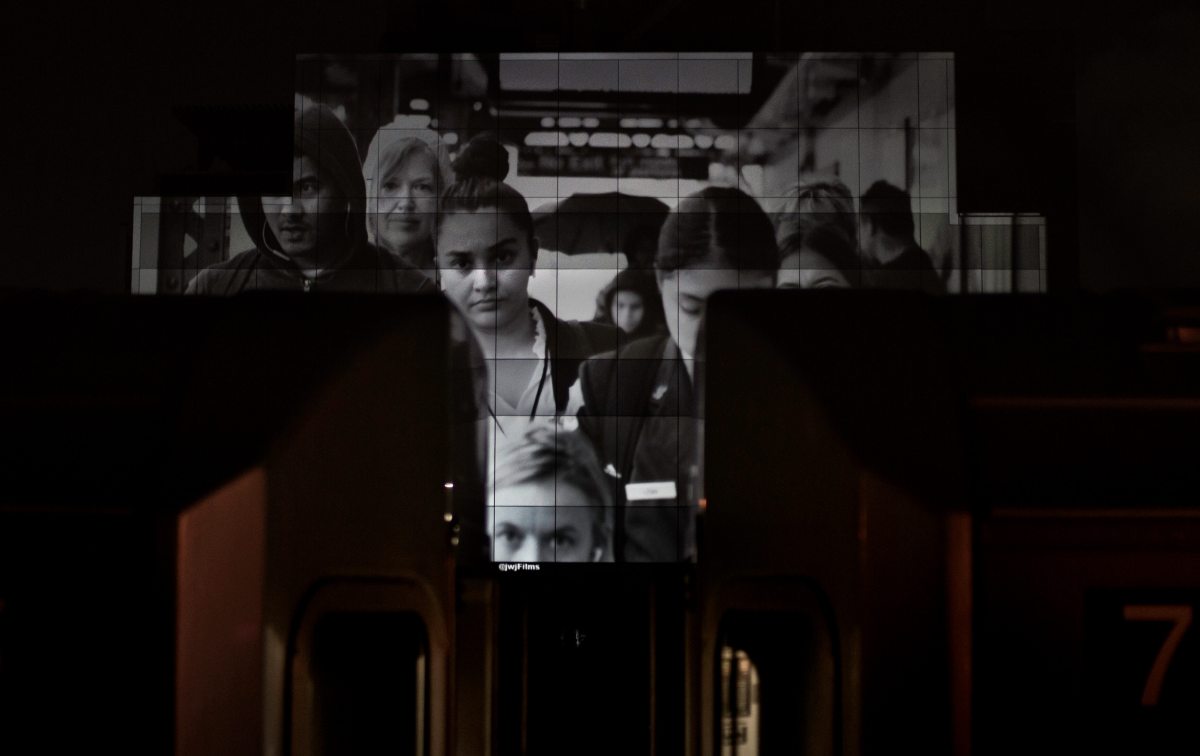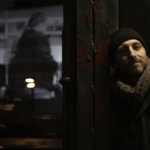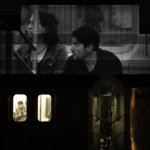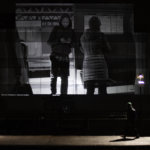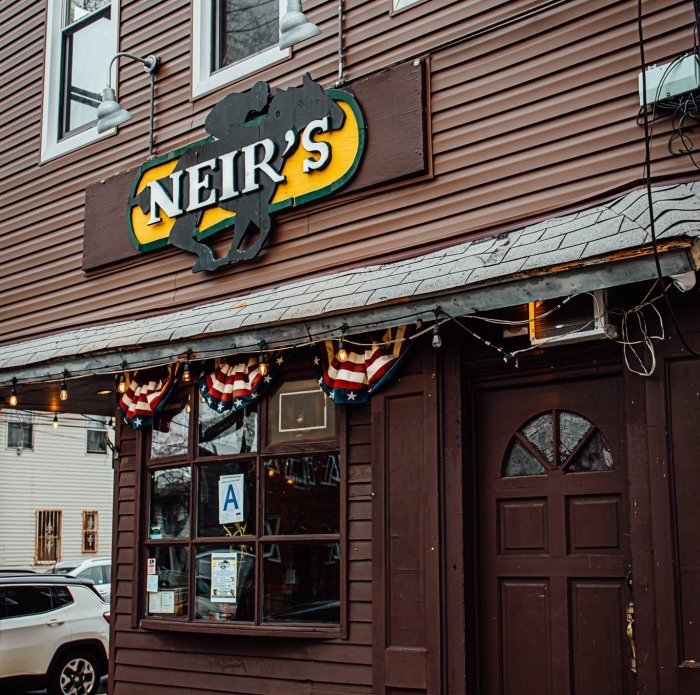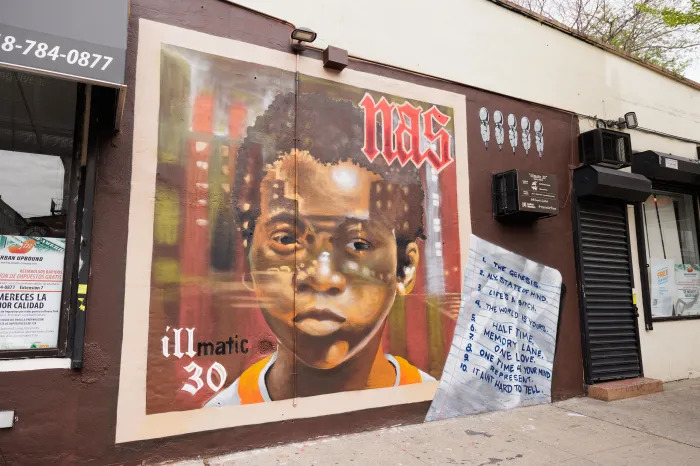BY TAMMY SCILEPPI
What adds spice to everyday life here in Queens? Diversity.
The endless variety of multi-ethnic everything — eats, entertainment and shopping options, cultural festivities, and more — is mind-blowing.
And there are numerous opportunities for local creatives to exhibit their creations, along with support from organizations that help struggling artists thrive so they can share their work with the public.
It also seems that there those in every community who are willing to lend someone a helping hand.
“In Jackson Heights, diversity is a very special thing that ripples across that neighborhood in so many ways,” said local artist and filmmaker Jimmy Ferguson, who recently found out first-hand how helpful his neighbors could be.
Ferguson recently unveiled his new, art-mimics-life public video installation, called “Between Neighbors: Jackson Heights,” that focuses on subway passengers coming and going, and explores riders’ interactions commuting on the subway.
You can catch this larger than life, 65-minute video from 5:30 p.m. to 10:30 p.m. through Feb. 2, on a 70-foot wall above Pollos A La Brasa Marios on Roosevelt Avenue, across from the 82nd Street No. 7 subway platform.
While ArtSite, Queens Council on the Arts and the 82nd St. Partnership (BID) in Jackson Heights supported Ferguson’s dynamic project, so did the kind owner of that popular Colombian restaurant.
A key goal of the QCA-supported program, ArtSite, is to empower creatives to engage on a local level, understanding that they can be a catalyst for change. One goal is to foster relationships between artists and local businesses.
“Jimmy Ferguson is a very talented artist and we are thrilled that ArtSite provided him the opportunity to exhibit his first public art project. He dreamed big and made it happen smoothly and successfully,” said ArtSite’s public art coordinator, Marissa Lazar.
After moving from Brooklyn two years ago, Ferguson, who had spent much of his adult life working and living in Latin America, said he wanted to be proactive in his new home and engage with the community.
“I began shooting on the trains for a short documentary about a commuter and was stricken with the conflict of shooting people in this very public space that is simultaneously, and surprisingly, also very private and intimate,” Ferguson said. “We spend much time negotiating how we engage with others, i.e. if we watch them, if we ignore them, etc. By bringing my camera on the train, this daily struggle was brought to a very conscious level for me that forced me to reconsider the neighbors around me.
“The conflict of public vs. private (in the filming and in our daily NYC life) is the basis of the work, and I recognized that the best way to engage this exploration is by displaying it in large format in the public space,” he added.
Ferguson said the project could not have been completed without the support of Pollos A La Brasa Marios owner Oscar Franco, who was extremely accommodating.
“He was immediately on board and supported me throughout. I had to pass through the restaurant to get to the roof, and he gave me full access,” Ferguson said. “Some of his employees helped me on some of the bigger tasks (like taking down an enormous satellite dish). He drove me to his metal workers in the area and helped me mount the huge projector box to the building. He’s provided electricity and WiFi for the duration of the install and helped me set up a security camera.”
Most of the artist’s film work to date includes plays in festivals, theaters, etc., but this is his first true public art installation. A while back, he created a public campaign piece against domestic violence (#notafan), that played on jumbotrons in Times Square and sports venues such as Madison Square Garden, and in New York City taxi cabs. He has also done mixed media pieces involving video projections with live dance.
What’s his message?
“Working directly in the public sphere greatly shaped my approach. I view my works less as conveying messages than posing questions. There’s a fine line between the two, but this is my focus. I’m most often exploring a question that I don’t have an answer to,” Ferguson said.
“As a student of philosophy, I quickly learned that we don’t have many answers. In this piece, I hope that by being confronted with this larger than life representation, commuters might reflect on their neighbors and themselves in the same way I did when I first brought my camera on the train,” he added.
Ferguson said he conceived the video idea last year for the QCA ArtSite application, then received the commission and began working on the project in August. It took him roughly five months to complete. But he stressed that he couldn’t have completed the project with support. “Marissa Lazar and Leslie Ramos have been my teammates from the start,” he said. “Leslie put me in touch with Oscar Franco, who has been utterly committed to the project. I’ve come to feel a part of the community in a way I hadn’t before.”

